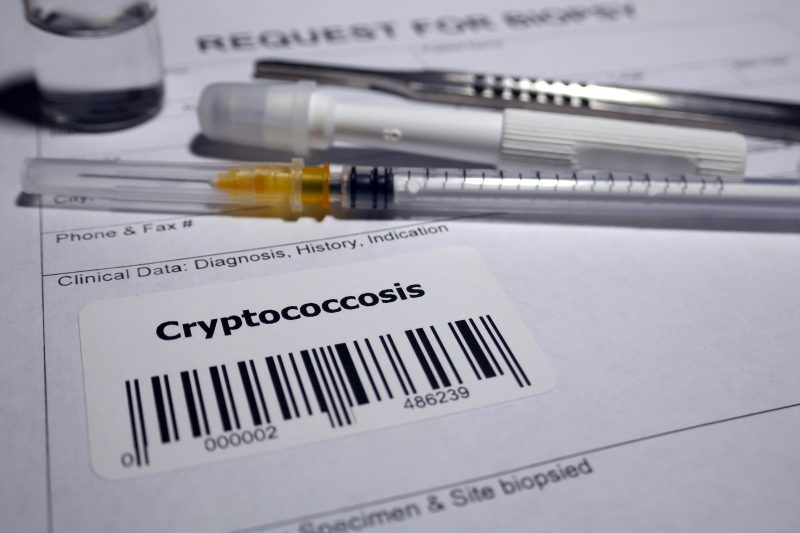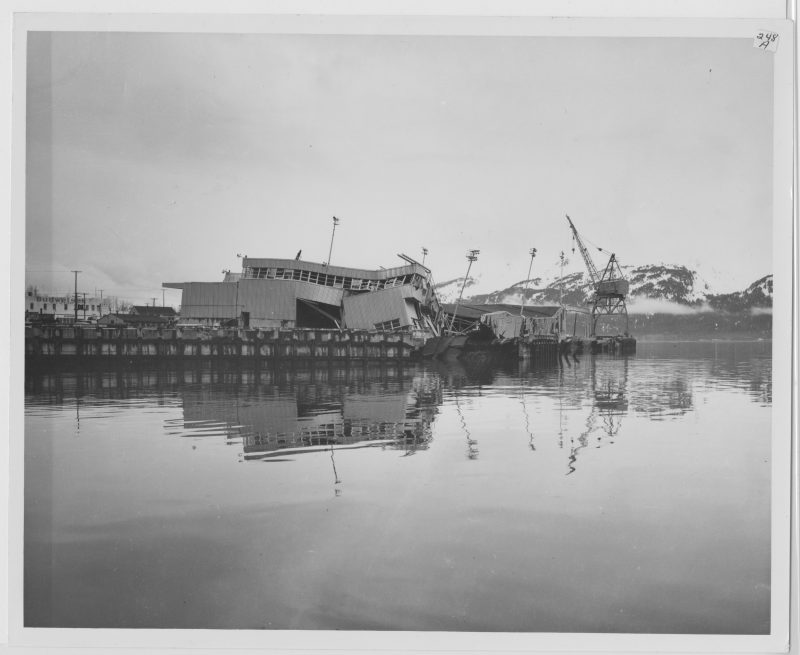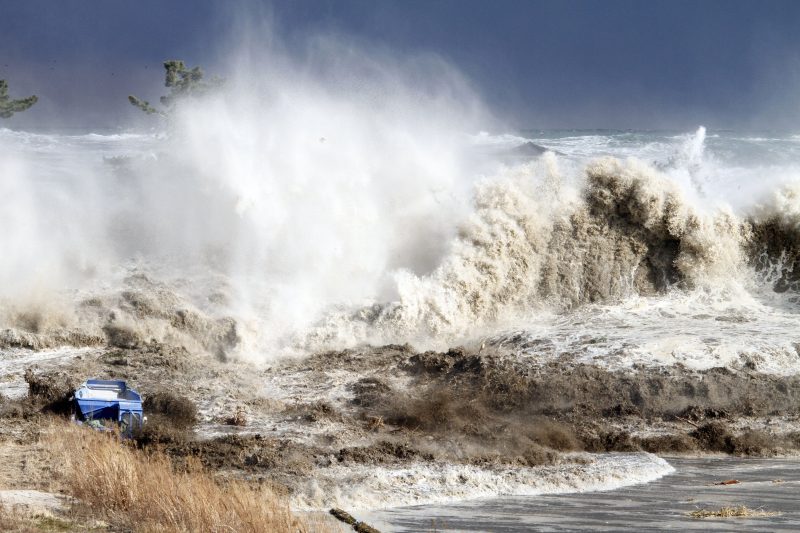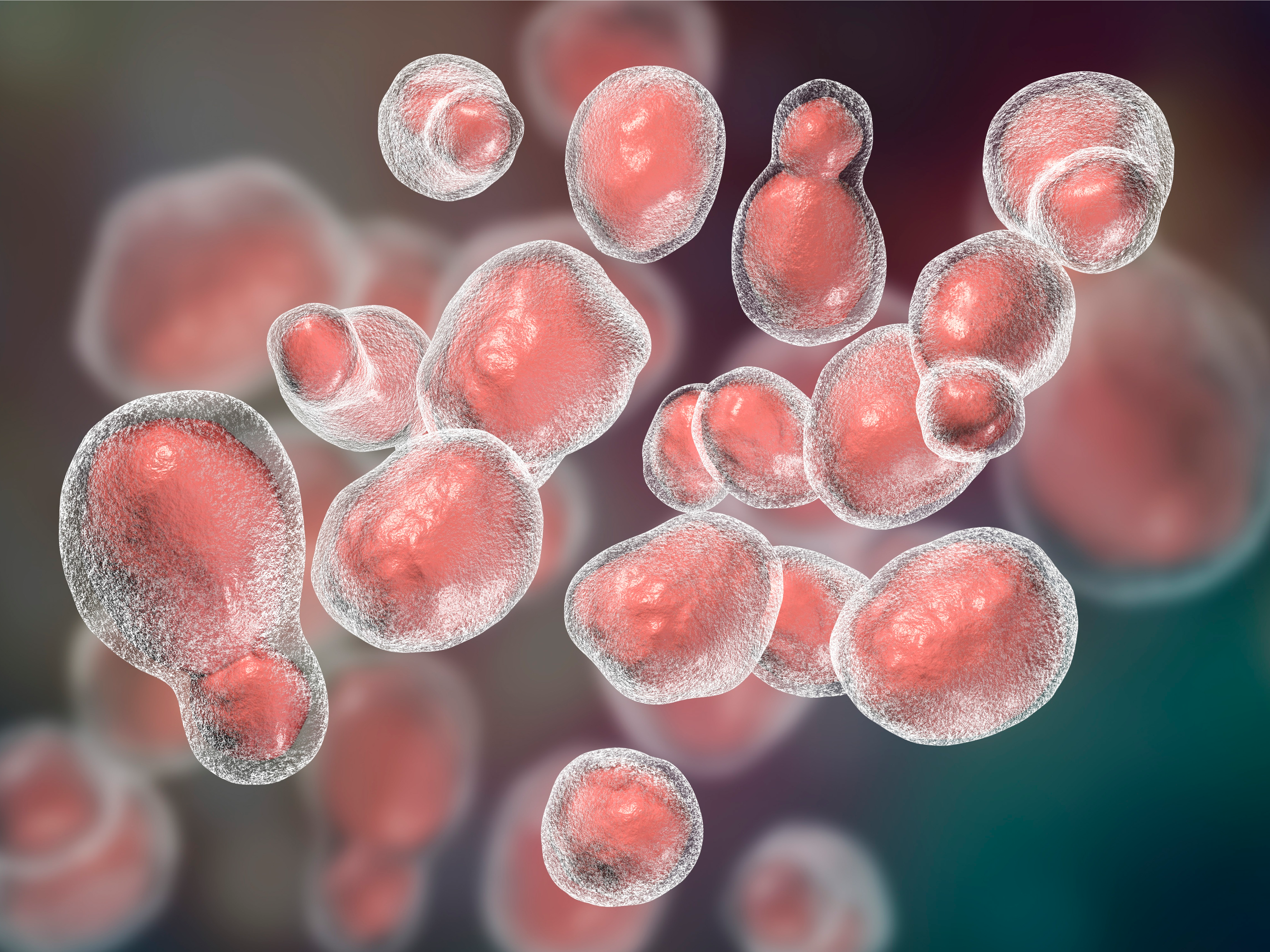- A new study in mBio proposes that the fungus Cryptococcus gattii came to the Pacific Northwest with the help of a massive tsunami in 1964.
- The fungus has infected over 300 people across Canada and the US since 1999.
- If the authors’ hypothesis is correct, it could show how powerful tsunamis are at shifting pathogens across the globe.
- Visit INSIDER’s homepage for more.
The ground rupturing may not be the only thing to fear from earthquakes.
According to a new study in the journal mBio, we may also have to worry about a harmful fungus traveling on a tsunami.
Since 1999, the mysterious fungus Cryptococcus gattii has caused several hundred cases of illness or death among people and animals in the North Pacific areas of Canada and the US. Strangely enough, the fungus is generally restricted to warm climates, like those in South America, Africa, Asia, and Australia.

In the past, it's been hypothesized that the mysterious fungus might have found its way to the chilly Pacific Northwest through shipping eucalyptus trees, agricultural trade, global warming changes to ecology, or even contaminated shoes and tires.
But the researchers of this new paper have a hypothesis of how this typically warm-weather fungus came to infect people in North America - earthquakes. More specifically, the tsunamis that come along with them.
The fungus' multi-decade journey to the Pacific Northwest
Rewind back to 1914 - the Panama Canal opens up, allowing trading to cross between the northern and southern parts of the globe in a more efficient way than ever.
Cut to March 27, 1964 - a massive 9.2 magnitude earthquake strikes in the Prince William Sound region of Alaska. Not only was Alaska shaken about for 4 or 5 minutes, but a significant tsunami wreaked havoc all the way from the Kodiak islands down to northern California, even felt as far away as Hawaii.
All this time, the researchers propose, C. gattii was making its way from the tropics up to Canada. David Engelthaler, co-director and associate professor of the pathogen and microbiome division at TGen North, and his colleagues applied a molecular clock technique to the fungus, discovering that the subtype found in the Pacific Northwest had arrived sometime 60 to 90 years ago from Brazil.
"A tsunami can carry contaminated water up into the treeline and push water up creeks and rivers that would normally carry water out to the ocean," Englethaler told Insider. "And the timing of the 1964 tsunami matches with what we know about how old the fungus is in the region - so the pieces all fit."

The authors propose that contaminated ballast water of early ships passing through the Panama Canal first brought the fungus to the Pacific. After stewing in the Pacific for decades, they think tsunamis dropped the fungus off on the mainland, which then evolved into the fungus that has been making people sick for the past two decades.
"This one event, like no other in recent history, caused a massive push of ocean water into the coastal forests," the authors wrote in the study. "Such an event may have caused a simultaneous forest C. gattii exposure up and down the regional coasts, including those of Vancouver Island, British Columbia, Canada, Washington, and Oregon."
Gizmodo notes that a lot of this hypothesis is circumstantial - but there is evidence that different strains of C. Gattii all appeared in one big event before outbreaks started in 1999, and the highest concentrations of the fungus were found in the trees and soil close to the water. Someone even got sick with this particular fungus a few years after the tsunami hit - far before the recent outbreaks began.
What this could mean for the future of disease and natural disasters
What this means for the future is showing how powerful tsunamis could be in shifting around different kinds of disease-causing agents.
"The big new idea here is that tsunamis may be a significant mechanism by which pathogens spread from oceans and estuarial rivers onto land and then eventually to wildlife and humans," study co-author Dr. Arturo Casadevall, of John Hopkins' School of Public Health, said in a press release. "If this hypothesis is correct, then we may eventually see similar outbreaks of C. gattii, or similar fungi, in areas inundated by the 2004 Indonesian tsunami and 2011 Japanese tsunami."

Looking forward, Englethaler hopes to do more targeted environmental analyses to provide support for, or against, their hypothesis. He said he hopes this theory will lead to a better understanding of how both humans and the natural world have a role in the spread of infectious disease, as well as the importance of looking beyond the immediate impacts of natural disasters.
"I think we have to be more imaginative as to what is possible," Englethaler said.
